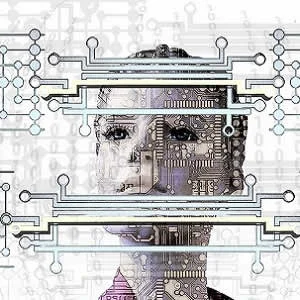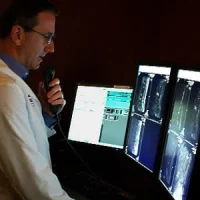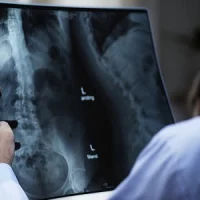An increasing number of research studies report important benefits from use of artificial intelligence technologies (e.g., face recognition, voice control, drone for transporting lab samples). It is safe to assume AI is coming to radiology and healthcare, says Kurt Schoppe, MD, who is affiliated with Radiology Associates of North Texas.
"We cannot know when AI will arrive commercially, how we will use it precisely, what it will do for us, or how it will ultimately affect radiologists and patients," writes Dr. Schoppe in an article to appear in Journal of the American College of Radiology.
The article looks at potential billing and payment issues related to the use of AI tools in healthcare. For example, all the procedures that are performed by radiologists are described by a CPT (Current Procedural Terminology) code, which has a specific RVU (relative value unit) attached to it.
According to Dr. Schoppe, one of the first and most significant hurdles to getting a CPT code is the need for peer-reviewed research in the United States that demonstrates both the efficacy and safety of the procedure. Another hurdle is the need for the procedure to be widely performed by a large number of physicians in the country. These requirements are likely to prevent many AI software programs from achieving a CPT code.
Assuming that at least one AI tool makes the cut and gets a CPT code, it will then have to be valued by the Relative Value Scale Update Committee (RUC) to get assigned RVUs. During the RUC review, the first question will be whether there is any physician work involved. The primary components of physician work include the time it takes to perform the service, the level of technical skill required, and the mental effort and judgment necessary.
"For most AI tools I have seen, there is minimal to no physician work," the author notes. "Some AI processes run in the background and 'prioritise' CT scans based on characteristics that may indicate an emergent finding. There is no physician work in this."
Other AI tools work in the background to find appropriate clinical information or previous radiology examinations. As such, there is no physician work here to value. The article also discusses potential problems regarding direct and indirect practice expense RVUs. To calculate the RVUs for indirect practice expenses, Medicare uses a "complicated formula" that involves prior survey data based on the relative cost of direct expenses in a particular code and expenses per hour for different specialities.
"My opinion is that neither the government nor private payers will reimburse physicians and hospitals for using AI-driven software products," the author says. "I believe that we will all purchase AI tools and treat them as an unreimbursed business expense."
Research grants and investor dollars will only go so far. Without the promise of governmental largesse or large inflows of reimbursements from private payers, tech companies may take a pass on investing resources in radiology or healthcare-specific applications for AI.
"And that would be a shame, because we need so desperately to improve, both for our own sake as physicians and for our patients," the author points out.
References:
Schoppe K (2018) Artificial Intelligence: Who Pays and How?. J Am Coll Radiol. Article in Press; Published online: July 19, 2018 DOI: https://doi.org/10.1016/j.jacr.2018.05.036
Latest Articles
Radiology, Artificial Intelligence, AI
An increasing number of research studies report important benefits from use of artificial intelligence technologies (e.g., face recognition, voice control, drone for transporting lab samples). It is safe to assume AI is coming to radiology and healthcare,










